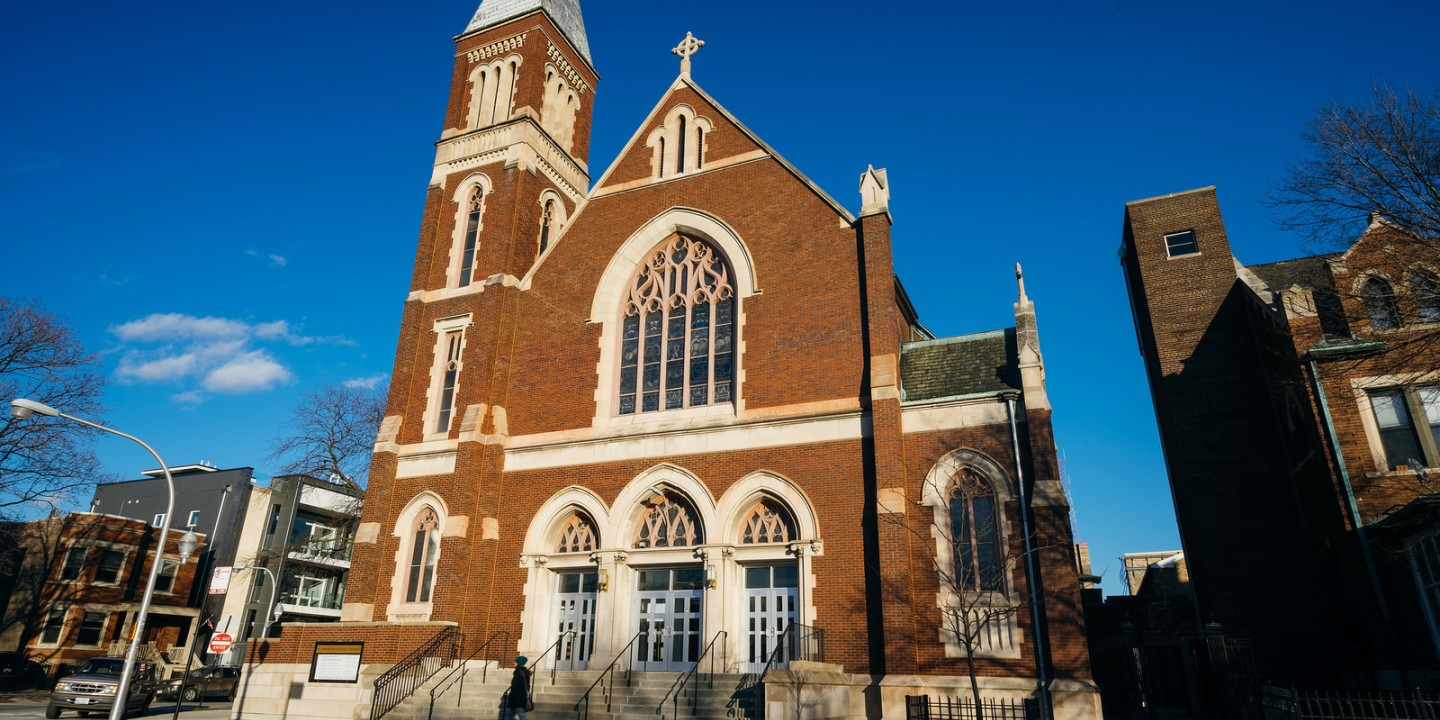Church buildings aren’t just buildings
The church is made of people. But they need a home.
In all three of the congregations I served as a pastor, there was never a task I approached with more ambivalence than attending a meeting of the property committee. To put it charitably, the people who are drawn to serve on this committee like their faith to be material, earthy, and as sturdy as stones and mortar. They’re the least Gnostic members of the congregation. To put it less charitably, their devotion may be more to the building than to the mission of the church.
Whatever questions I had about their priorities, I appreciated the work of the property committee. There is a spirituality about the place where the church repeatedly gathers. Every time we enter it we remember that this is where our children were baptized or married, where our spouses were given back to God at funerals, and where we came Sunday after Sunday in search of a word from God. When I needed a lonely place to pray during the week, I would always sit in the empty sanctuary. I was encouraged just to be in the place where so many had prayed before me.
Read our latest issue or browse back issues.
But I knew the budget well, and I was overwhelmed at how much of the church’s money went toward the maintenance of this house of prayer. The constant upkeep and escalating utilities were always considered fixed costs, while programming and missional initiatives had to make do with what was left over. Was this really what Jesus had in mind?
Most pastors I know have this same ambivalent relationship with their church buildings, even if they raised the money to build them. We love having our particular place to worship and engage in all of the activities of being a family of faith, and we cherish the sacred memories created there. But we always feel like passing out when we see how much it costs.
The cost isn’t just financial. Congregations of all types spend an enormous amount of time talking, and often arguing, about how they’ll use their facilities. That’s because they’re not just buildings but holy altars where people are most attentive to the presence of God. So a lot is at stake in the place of worship, no matter how humble.
My father was a church planter. My childhood congregation met in the large unfinished basement of a house before it was able to buy an old church building. But even in the relatively short time we spent as “the church in the basement” we quickly developed traditions and a sense of order. One Sunday, not long after the church started, my father tried to rearrange the chairs for worship. He met with opposition from those who said, “but we’ve always set them up the same way.” In other words, this is how we approach God.
Early Christians must have tried to sacralize their house churches with some sense of order, the same way my childhood congregation did in a basement. Even when the church huddled in catacombs, it put permanent art on the walls that reveals its yearning to turn a burial place into a holy place of worship. After the church was legalized and adopted the old Roman basilicas for its buildings, we never got over our love of a faith written in stone.
The seminary I serve has several buildings that were built in the 19th century. They were expensive to build and are very expensive to maintain. But when I walk past them I can feel the gravitas of our mission to train the next generation of pastors and scholars. If the stones of these buildings could talk, they could describe so many late nights they saw our students poring over their theology books and parsing ancient verbs in order to learn how to handle the word of God faithfully. The chapel has heard students’ worship of God for 180 years. It has welcomed countless seminarians who wandered into it alone to prayerfully discern a call for how they’ll spend the rest of their lives.
God certainly doesn’t need a cherished old building to unfold our calling. As the psalmists repeatedly remind us, “all the earth belongs to the Lord.” A long walk in the wilderness or the crowded, smelly platform of a subway station can also become a holy place of sacred encounter. But to make sense of those encounters we gather with others in some place of worship “to behold the beauty of the Lord and to inquire in his temple,” which the psalmist David calls his greatest desire.
That temple can be a Gothic cathedral, a storefront church, or a coffeehouse that doubles as the sanctuary of a new church plant. But we need the familiarity of our place to worship. That can involve the way the chairs are set up, the screen displaying the songs we sing, and the large thermos in the back that drips lemonade on the floor. Or it can mean uncomfortable pews, the creak of the stairs to the balcony, the cross up front we behold every week, and the small memorial plaques on the windows that whisper of someone who was here before us, someone who was also trying to behold God’s beauty and inquire about calling.
Everyone who graduated from Sunday school got the lesson that the real church is a family of Christian faith and not the building where they meet. Right. But every family needs a home.
A version of this article appears in the print edition under the title “Built for faith.”








